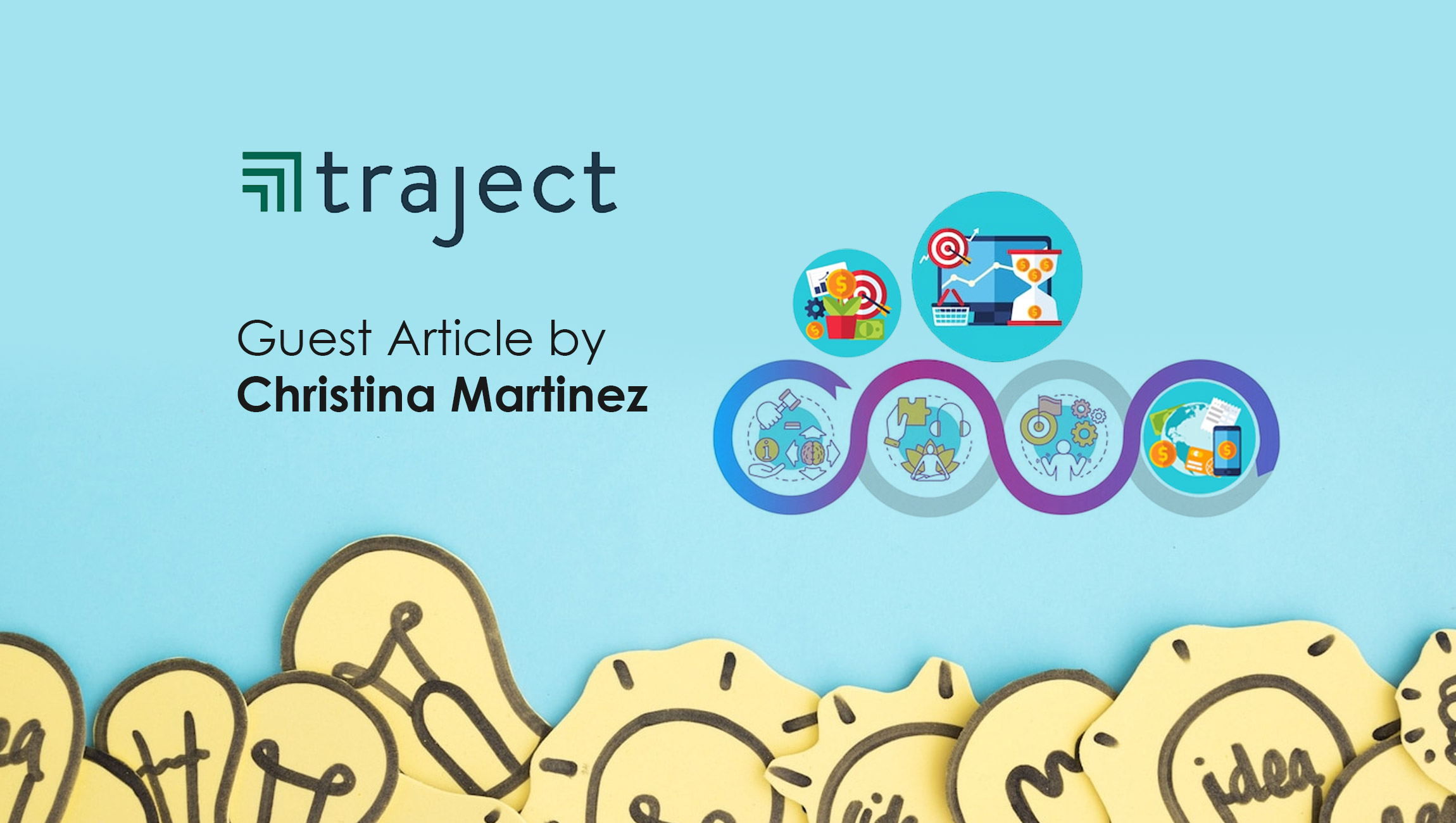When executed effectively, webinars offer value to marketers and audiences alike. Webinars play a significant role in demand generation, with 53% of marketers saying webinars generate the most qualified leads of any content format in their toolkit. A focused, engaging webinar offers both knowledge and convenience for audiences — and the best webinars retain their value as on-demand marketing assets long after the live session has ended.
As virtual events became essential to most businesses during the pandemic — and hybrid elements still remain a critical part of emerging in-person events — Event Experience Leaders have sought to offer high-quality virtual attendee experiences. To maximize the value of webinars as a cost-effective, impactful event marketing vehicle, we must include webinar attendees in those efforts.
What is a webinar?
When we talk about webinars, we’re referring to any single-session virtual event lasting two or fewer hours. It’s shorter and more focused than a virtual conference or a multi-session virtual event, designed to educate and engage, and typically free to attend.
Webinars account for nearly 20% of events held on the Bizzabo Event Experience OS and serve as the vehicle for many use cases: panel discussions, interviews, speaker series, presentations, interviews, lead generation webinars, and more. Because most webinars are free, organizers often use the event to raise brand awareness and demonstrate thought leadership.
You might be asking yourself: Is what I’m planning a webinar or a virtual event? Not all virtual events are webinars, but all webinars are virtual events!
What people don’t love about most webinars
Webinars have long suffered from a bad rap, made worse by the pandemic pivot to make anything and everything into a webinar without much attention to form or function.
Some common hurdles plaguing webinars include:
- Technical problems.
- Lack of networking opportunities.
- No Q&A time.
- Information overload.
- Awkward pacing.
While they have the capacity for great success, webinars fail when they don’t deliver on the promises made to their audience. By aligning your webinar planning with your audience’s expectations, you’ll maximize the value of your content and see a return on your efforts.
How to stand out in the crowd
One source of webinars’ lackluster reputation is organizations’ failure to view webinars as true events. As an organizer, approach your webinar audience as a group of event attendees you have the opportunity to educate, entertain, and impress.
1. Know your personas.
Start your webinar planning as you would for any other event: by focusing on your audience. Determine whom you’re hoping to see register and what roles they occupy. Are they C-level executives, technical teams, marketing managers, or sales leaders?
Understanding their motivation for attending and expectations for the session will enable you to craft messaging aligned with attendees’ interests and goals. By considering how your potential audience fits into the typical personas of webinar attendees, you’ll also be able to anticipate any barriers to buy-in, improving the experience you offer before, during, and after the event.
Some people attend because their company requires a certain amount of continuing education, while others sign up for every webinar they find. Others attend events for networking alone, with little regard for the topics. And still other attendees join just to chat with coworkers or try to win prizes offered as part of the event. While these personas might not represent everyone attending your webinar, preparing for a varied mix keeps your event running smoothly.
One way to attract specific people is by offering clear details on your registration page about the featured speakers and target audiences for whom the webinar was specifically designed. Track attendees throughout the registration process to ensure you get the audience you anticipated.
Marketing Technology News: MarTech Interview with Assaf Baciu, Chief Operating Officer and Co-founder of Persado
2. Set attainable, measurable goals.
Choose metrics to measure, and set goals for your attendees and webinar. Communicating goals clearly ensures everyone on your team works toward the same results. Many teams outline goals and key performance indicators (KPIs) following the SMART and CLEAR formats, which help teams translate their goals into measurable standards.
For example, a webinar targeting the top of the funnel and featuring a conversation with industry experts around a relevant topic might draw an audience of your existing contacts and some new leads. In this case, you might focus on the following valuable metrics:
- Number of target accounts engaged.
- Number of marketing-qualified leads (MQLs).
- Number of content pieces produced as a result of the event.
Different event technology platforms offer diverse capabilities for teams measuring ROI. Find event management software that surfaces actionable data before, during, and after your event so your team can respond in real-time and use insights to improve future events.
3. Develop a detailed agenda and FAQ.
Because webinars are relatively short, you might think a run-through is unnecessary. But think of it this way: You’ve got limited time to wow your audience, so every moment must hit the mark. Dead air is the enemy of a webinar, sending attendees to other tabs and losing all your carefully built momentum. Rely on a detailed run-of-show to ensure you stay on track, and offer an agenda on your event page so attendees know what to expect. If your webinar includes a mindfulness break, a Q&A session, or other components, they’ll want to know and be prepared.
In addition to a clear agenda, offer a detailed FAQ page answering any question you can imagine. Past examples of robust FAQ pages can help you build those out.
4. Tap the right speakers to achieve your goals.
The right speakers breathe life into a webinar, captivating the audience and helping you progress toward your event goals. Even with expert knowledge, the wrong speaker will drive away attendees.
Start your speaker search with team members who feel comfortable with public speaking and confident about communicating their knowledge. Sales team members often make great presenters! But don’t limit your search to sales. You might find a knowledgeable and well-spoken colleague who’s apprehensive about conducting the whole session live. In that case, consider a “simulive” webinar: a pre-recorded webinar presentation streamed live for the audience and featuring a live Q&A at the end.
5. Prioritize accessibility and inclusion.
Accessibility and diversity are crucial to delivering the most inclusive event possible. During planning, factor in your audience’s diversity and whether your speaker lineup reflects that diversity.
Your event website influences your audience’s early impression of what they can expect from your webinar. Ensure the site complies with ADA and WCAG guidelines for accessibility, and use diverse and inclusive language and imagery.
Offer registrants an opportunity to share their pronouns, name pronunciation, and any accessibility needs. If possible, consider offering live sign language interpretation as your webinar unfolds, and ensure your on-demand content includes subtitles in various languages, depending on your audience’s preferences.
6. Offer engagement opportunities.
A good webinar strikes a balance between engagement and information. With too little engagement, attendees will drift to other tasks and lose track of the conversation. Too much emphasis on engagement can distract from the webinar’s learning goals.
Incorporating a mix of polls, chat features, reaction capabilities, and a live Q&A session empowers attendees to control their engagement. Consider asking attendees to provide Q&A submissions ahead of time, and keep your polls brief to avoid long silences.
Don’t let the conversation end when the webinar concludes. Follow up with attendees to conduct post-event surveys and offer personalized content aligned with the webinar.
Creating a better webinar experience
Webinars have the power to boost your thought leadership presence and demand generation efforts while remaining an affordable and convenient experience for organizers and audiences. While they have great potential to contribute to your overall event marketing strategy, webinars require the same support and planning your team brings to any other virtual event. By giving webinar audiences the attention they deserve, you can foster engagement, develop qualified leads, and capture actionable data insights to elevate all your future webinars.
Marketing Technology News: The Evolution of Twitter…











